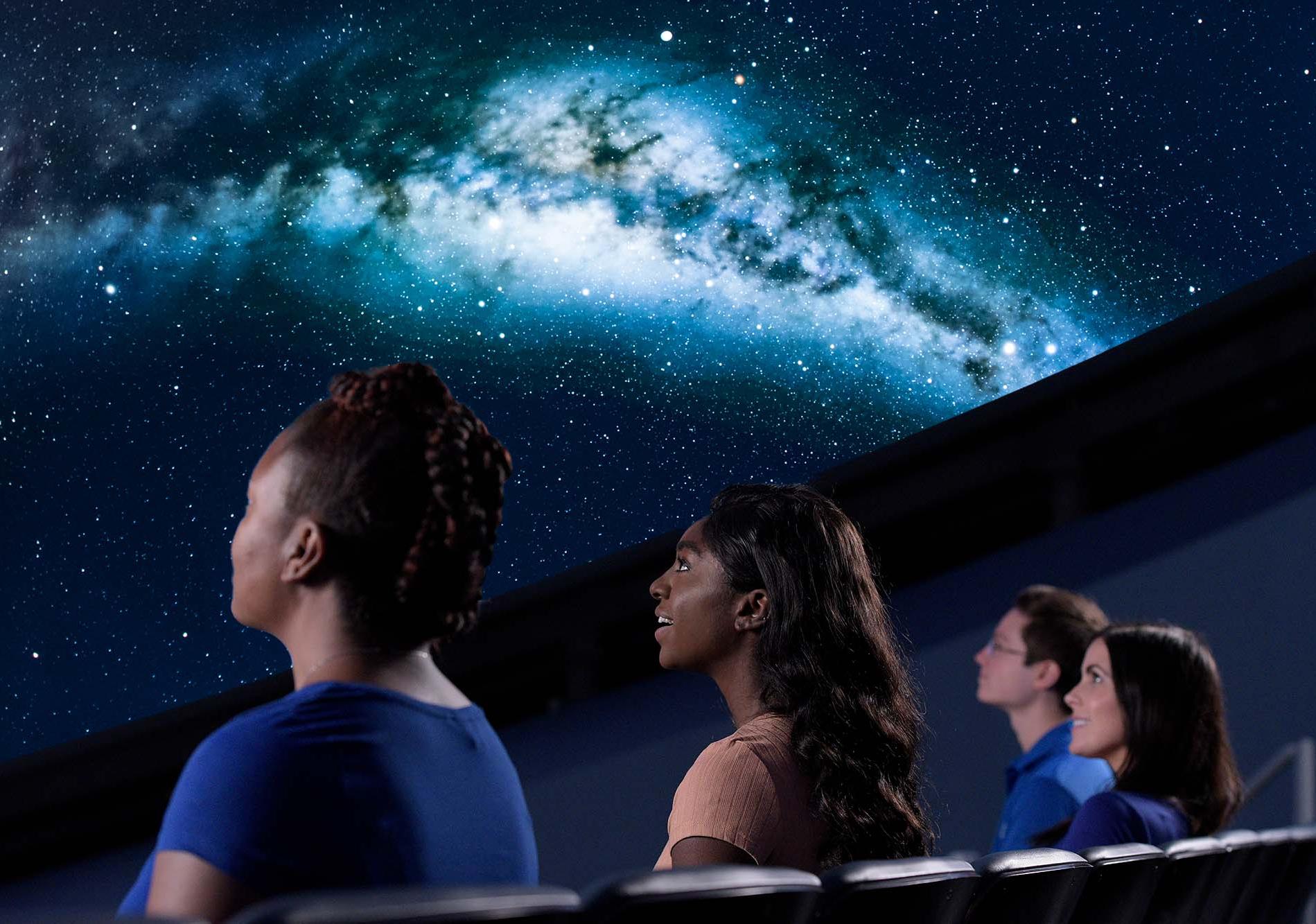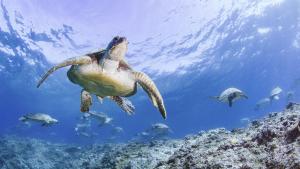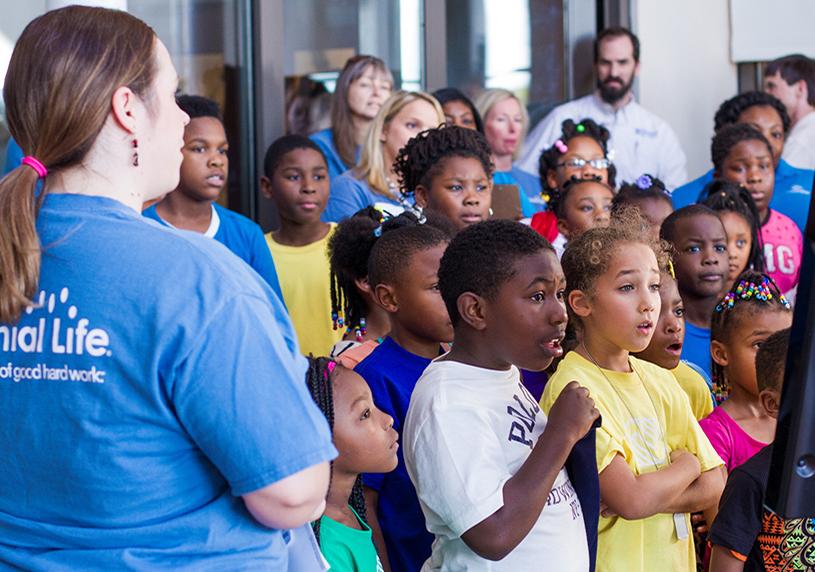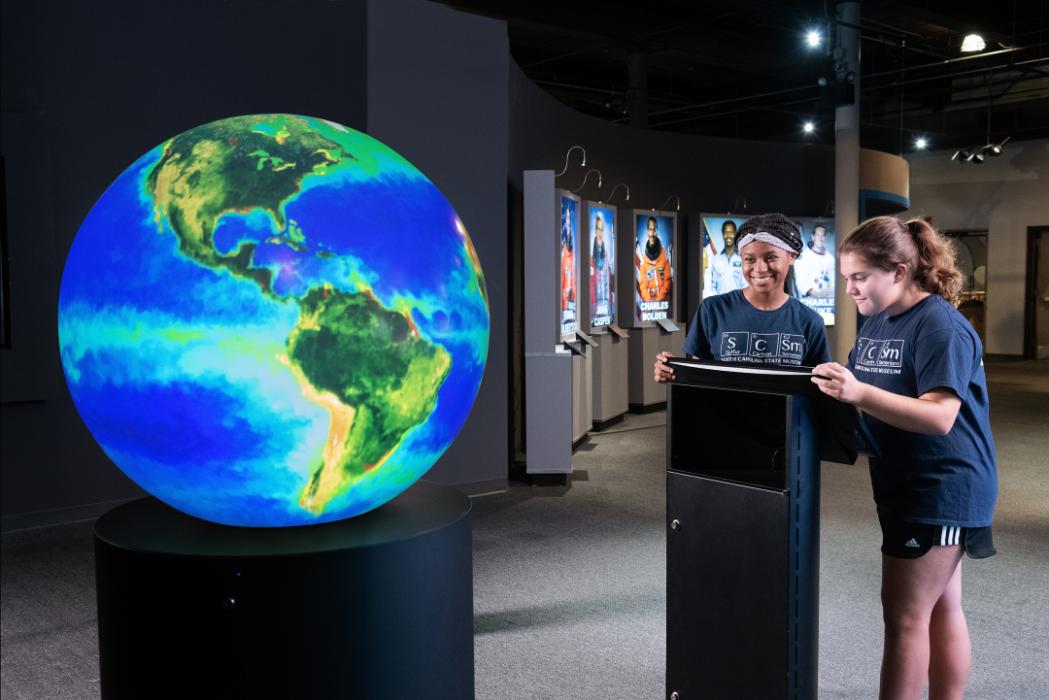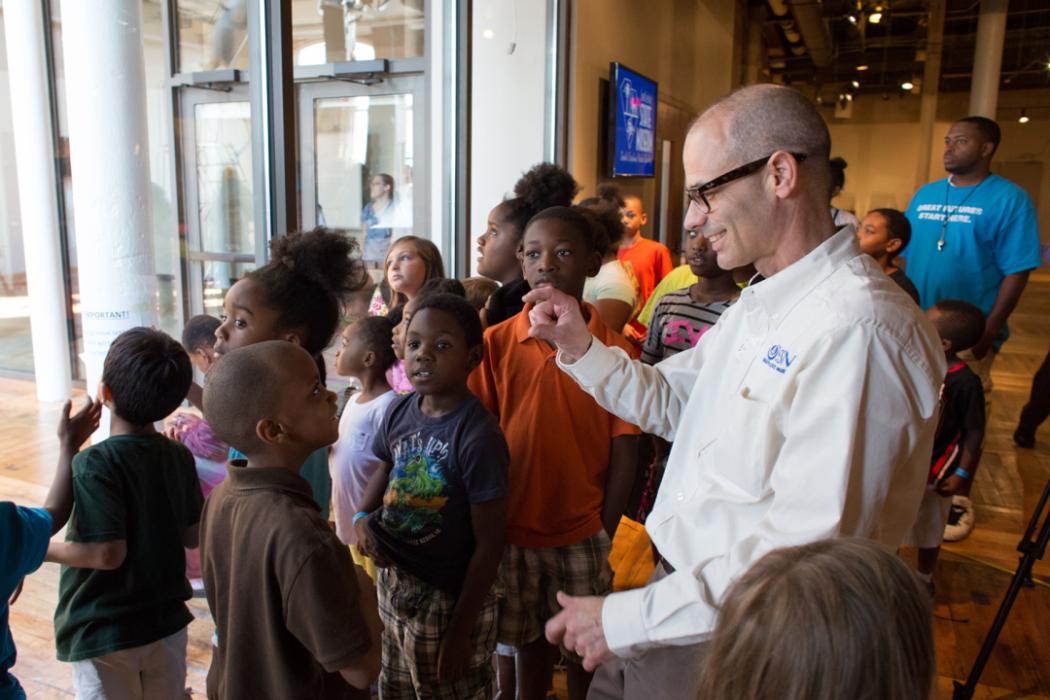
Fossil chimaeroid remains (Chondrichthyes: Holocephali) from Williamsburg County, South Carolina, USA
Three fossil holocephalian tooth plates have been recovered in Kingstree, Williamsburg County, South Carolina. All of the fossils were collected from a lag deposit containing a temporally mixed vertebrate assemblage. Two specimens, an incomplete left mandibular tooth plate and an incomplete left palatine tooth plate, are Edaphodon and compare favorably to E. mirificus. The third specimen is an incomplete and highly abraded right mandibular tooth plate from a very young individual that is questionably referred to Edaphodon.
The tooth plates were associated with Cretaceous shark and dinosaur teeth, Paleocene shark and crocodilian teeth and turtle bones, and Plio-Pleistocene shark teeth and terrestrial mammal remains. The source of the Cretaceous fossils is arguably from Maastrichtian (late Cretaceous) strata (i.e., Peedee or Steel Creek formations), whereas Paleocene fossils are likely derived from the Danian (lower Paleocene) Rhems Formation. These fossils were probably concentrated together during Plio- Pleistocene sea level highstand, at which time the younger vertebrate material was deposited.

